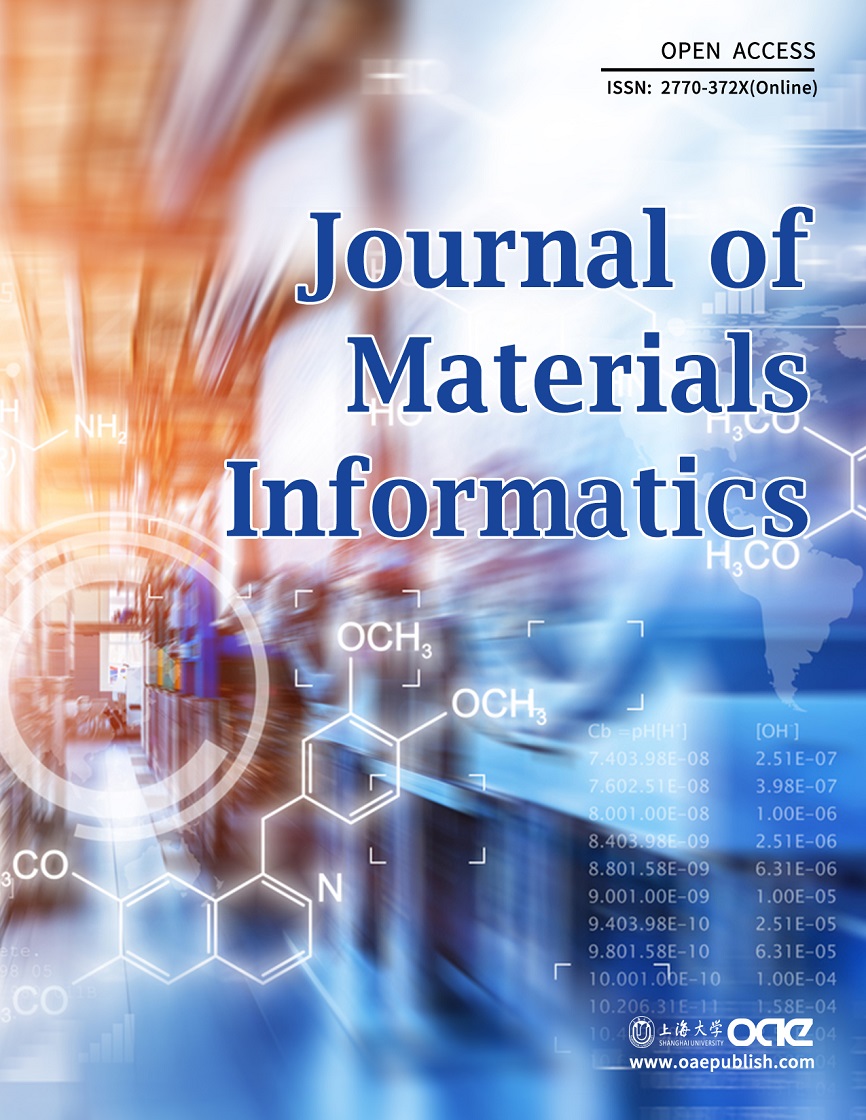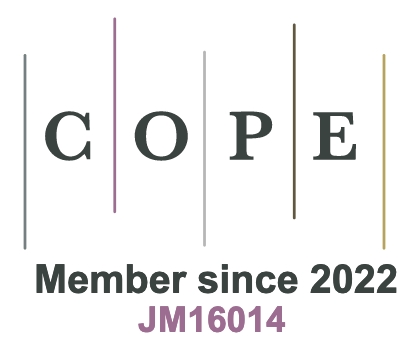Machine learning-accelerated transition state prediction for strain-engineered high-entropy alloy catalysts
Abstract
The hydrogen evolution reaction (HER) represents a critical bottleneck in renewable energy conversion, with transition state (TS) identification being essential for rational catalyst design. While strain engineering offers powerful pathways to modulate catalytic activity in high-entropy alloys (HEAs), conventional density functional theory (DFT) calculations face prohibitive computational costs due to inherent atomic-level disorder and expanded configurational space. Here, we present a fine-tuned graph neural network EquiformerV2 (eqV2) framework that dramatically accelerates TS discovery in strain-engineered Ir-Pt-Rh-Pd-Ru HEA catalysts. Our lightweight 31-million-parameter model achieves pathway prediction from hours-scale DFT calculations to second-scale predictions while maintaining exceptional accuracy: mean absolute errors (MAEs) below 0.1 eV for reaction energies and structural predictions within 0.1 Å root mean square deviation (RMSD) for 88.8% of configurations across Volmer, Heyrovsky, and Tafel pathways under biaxial strain. This methodology establishes a scalable computational framework that overcomes traditional limitations in high-dimensional catalyst screening, offering a generalizable strategy for AI-accelerated next-generation electrocatalyst discovery.
Keywords
Hydrogen evolution reaction, electrocatalysis, strain engineering, high-entropy alloys, graph neural networks, transition state
Cite This Article
Wang L, Zhou F, Ying P, Chen Y, Liu Y. Machine learning-accelerated transition state prediction for strain-engineered high-entropy alloy catalysts. J Mater Inf 2025;5:[Accept]. http://dx.doi.org/10.20517/jmi.2025.67












